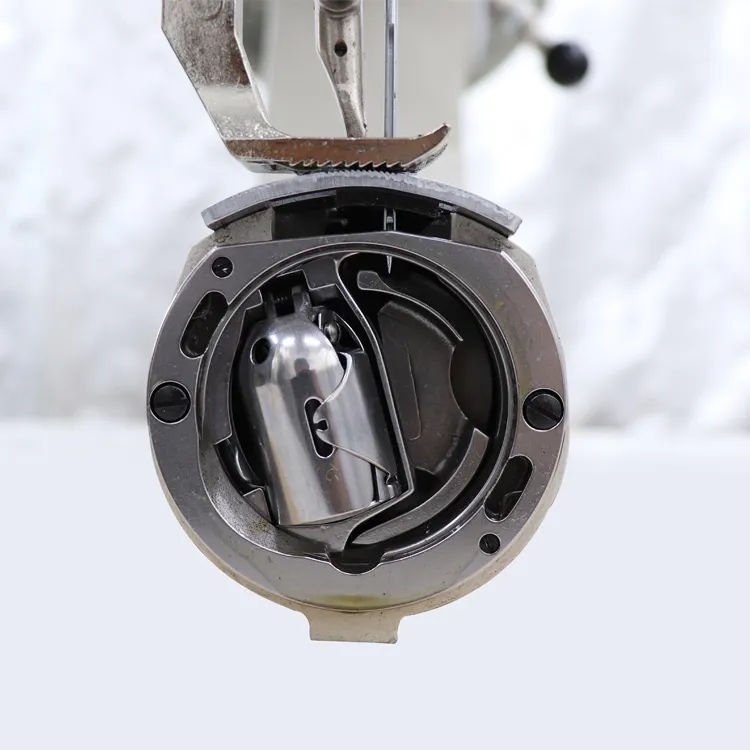automated sewing machine
The Evolution and Impact of Automated Sewing Machines
The advent of automated sewing machines has revolutionized the textile and garment industry, transforming traditional sewing into a highly efficient, precise, and innovative process. These machines, equipped with advanced robotics and artificial intelligence, have significantly improved production rates while maintaining high standards of quality.
Automated sewing machines are designed to streamline the sewing process, performing tasks that were once labor-intensive and time-consuming. Modern models can execute a variety of stitches, cut fabric, and even apply patterns—all at remarkable speeds. This automation allows manufacturers to produce garments faster and more consistently, reducing labor costs and meeting the ever-increasing demands of consumers.
One of the most significant advantages of automated sewing technology is its precision. Traditional sewing relies heavily on the skill of the operator, which can lead to variations in the quality of the finished product. In contrast, automated machines are programmed to follow exact specifications, ensuring that every stitch is uniform. This consistency is critical in the fashion industry, where brands are expected to deliver high-quality products without fail.
Moreover, automated sewing machines are equipped with features that enhance their capabilities. For example, many machines come with computerized interfaces, allowing users to design patterns digitally. This means that designers can visualize their creations before production begins, leading to better outcomes and less waste. Additionally, some machines utilize AI to learn and adapt to different fabrics and sewing techniques, further increasing their versatility.
automated sewing machine

The impact of automated sewing machines extends beyond production efficiency. They have also contributed to sustainability in the fashion industry. By optimizing material use and minimizing waste, automated machines help reduce the environmental footprint of garment manufacturing. Furthermore, faster production times allow brands to respond quickly to market trends, reducing overproduction and excess inventory.
Despite the numerous benefits, the rise of automation in sewing does present challenges. Job displacement is a primary concern, as many skilled laborers may find their roles redundant. However, this has led to a shift in the industry, encouraging workers to acquire new skills in machine operation and maintenance. Emphasizing training and education will be essential to ensure that the workforce can adapt to the changing landscape of garment manufacturing.
The integration of automated sewing machines also raises questions about creativity in fashion design. While these machines can produce garments at high speeds, some argue that they lack the artistic touch that human seamstresses bring to their work. To address this, many designers are collaborating with technology, using automated processes to enhance rather than replace the creative aspects of garment creation. This synergy between man and machine is paving the way for innovative fashion solutions.
In conclusion, automated sewing machines represent a significant milestone in the evolution of the textile and garment industry. Their ability to enhance efficiency, precision, and sustainability makes them an invaluable asset for manufacturers. As the industry continues to evolve, the challenge will be to balance automation with the creativity and craftsmanship that define fashion, ensuring a bright future for both technology and the artistry of sewing.
-
Zigzag Sewing MachineNewsMay.12,2025
-
Single Needle Sewing MachineNewsMay.12,2025
-
Overlock Sewing Machine PriceNewsMay.12,2025
-
Heavy Duty Industrial Sewing MachineNewsMay.12,2025
-
FIBC Sewing MachineNewsMay.12,2025
-
Cylinder Bed Sewing MachineNewsMay.12,2025
-
Revolutionizing Sewing with CNC TechnologyNewsMar.28,2025





























